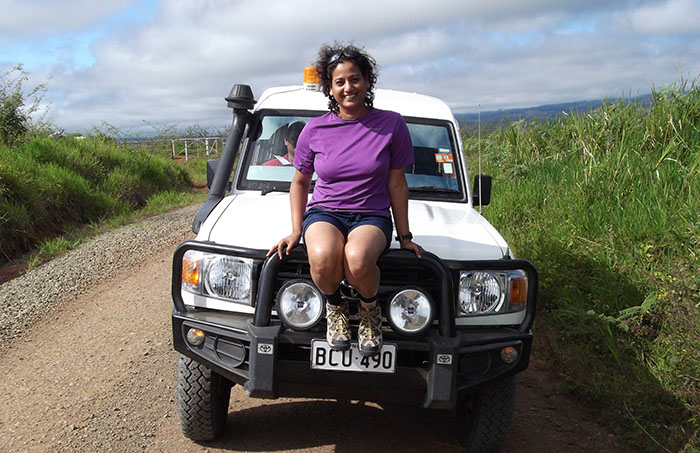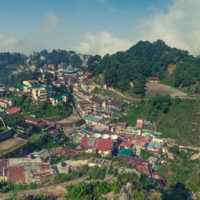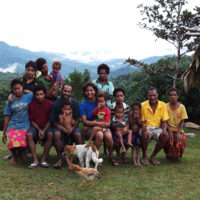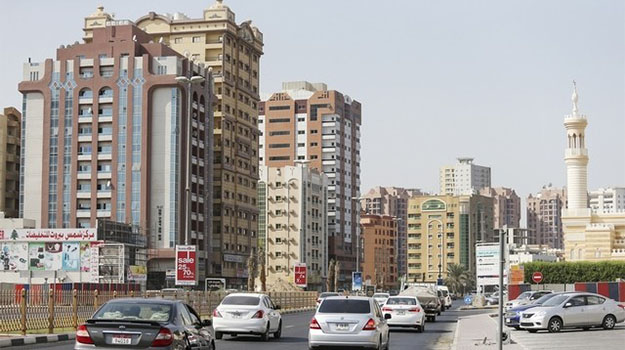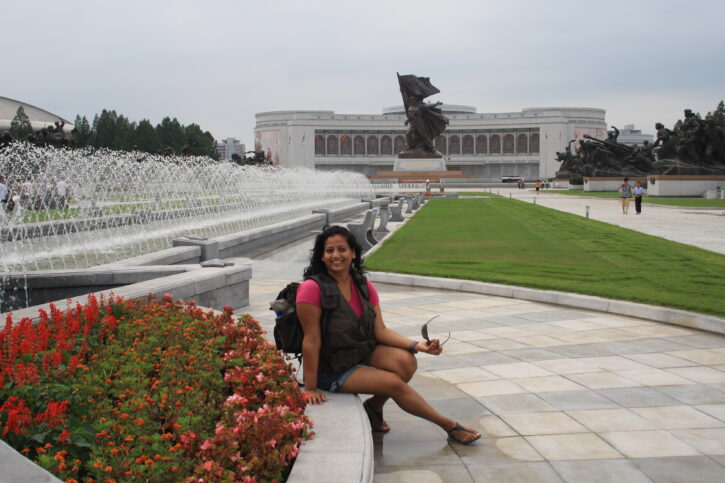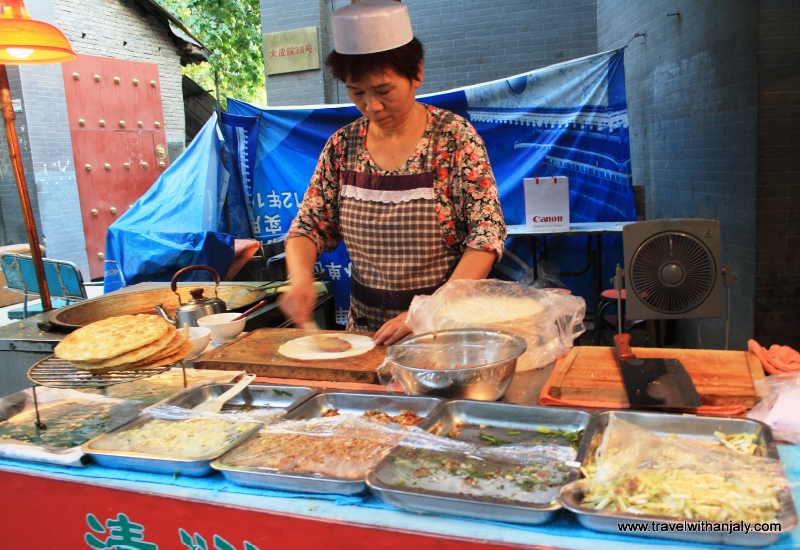My decision to trek Kokoda Trail (or Track) in Papua New Guinea in a remote corner of the world was made sometime just before Egypt went up in flames. When Decision Kokoda was made, I had been brimming with health and energy, drunk on the notion that I had overcome every grain of fear. It was around the time I was writing up a list of things to do before I kicked the bucket. In keeping with my backpacker worldview, I wanted to expand the horizons of my travel— like going around the world in a wide, adventurous circle.
Kokoda Track was not a pleasure trip by any standards, even if you made the mistake of thinking of Mt Kilimanjaro as one. But there was a certain comfort in knowing that trekking through a jungle, reachable after nearly seventeen hours of flying from Dubai, via Singapore to Port Moresby on a fright-fully expensive flight, was definitely the stuff that made for good travel stories and sort of put you up there as a serious sort of traveller who didn’t squirm at the thought of sharing walking space with leeches, mud and probably cannibals.
Trekking aside, running into man-eaters would really be something else. Papua New Guinea (PNG) was the last known or talked about country in the world that had a few instances of cannibalism, which, from my point of view, was the real clincher. To a saner mind, that would have been the reason to keep away, if not for the fact that Kokoda Track was in a death trap, but for me it was the clichéd nectar that attracted the nasty bee. And, anyway, I wasn’t known for making sensible touristic decisions.
Getting a visa to PNG was another story. It involved an extra trip to New Delhi. A cup of coffee with a surprised High Commissioner and an hour of warning about the track later, I had a handwritten message across the visa stamp welcoming me to Papua New Guinea.
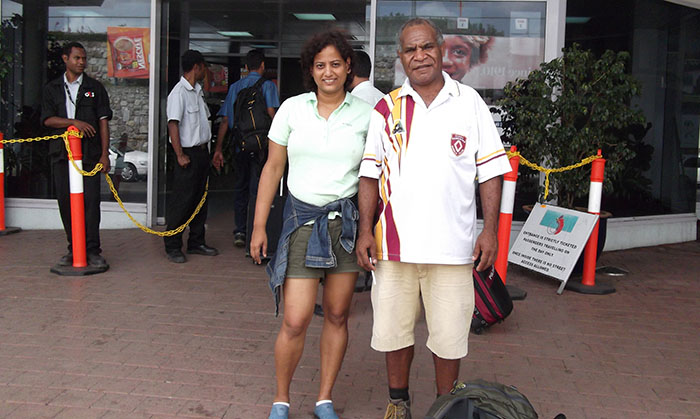
So on Papua New Guinea I focused and a few months later, I left.
Dear God, Save my Ass
Being a dumbass or even being without ambition is a darned sight better than being unfit. Especially when you are thinking of walking Kokoda Track. One look at the jungles beyond made me wish I had spent more time in the gym or sand than on writing self-inspiring blogs about fitness and determination to walk Kokoda Track in the Owen Stanley Range. I am not sure what trekkers have felt when standing under the big arch at Owers’ Corner before heading towards Kokoda and beginning their trek, but I certainly felt that I had again asked for a nightmare and been granted it.
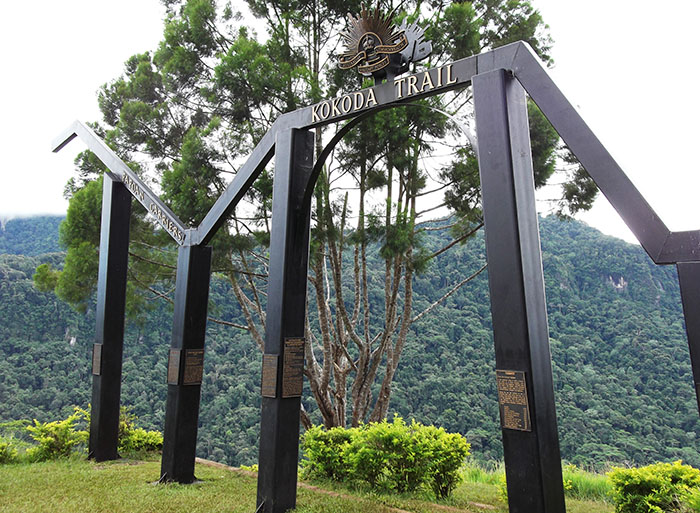
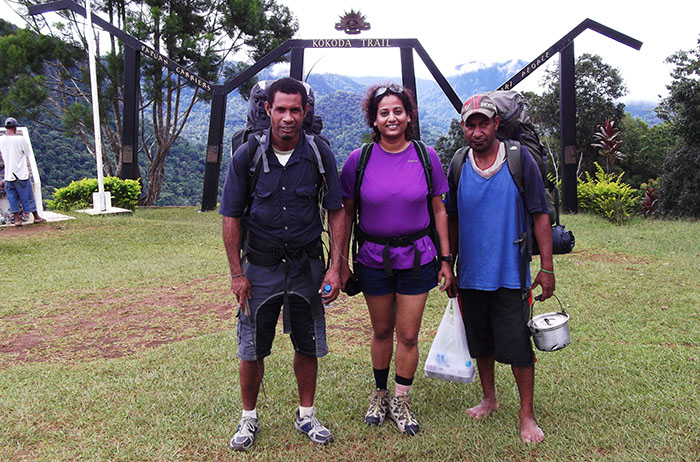
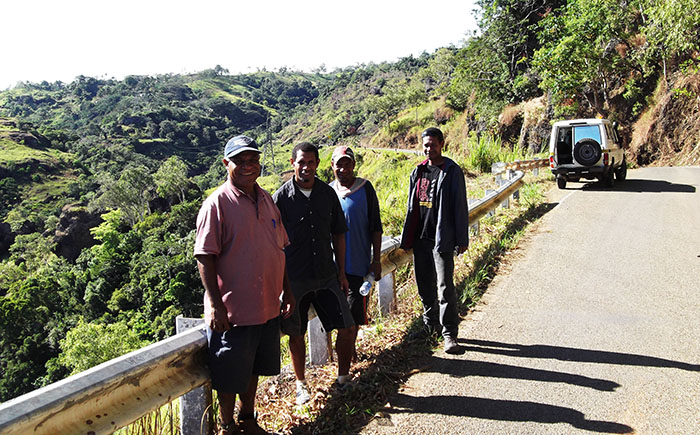
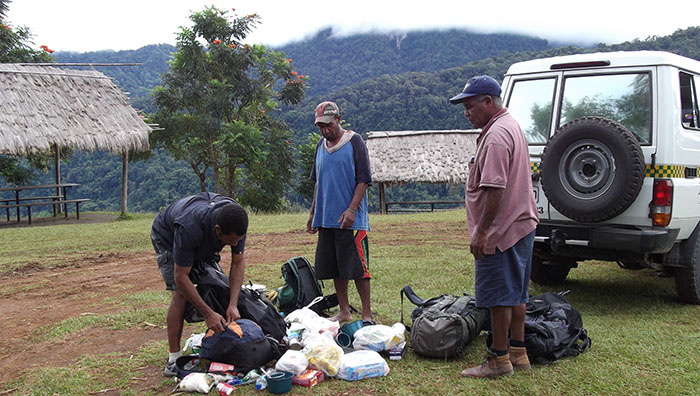
As far as my eyes could see, there was only one shade of green. Do not mistake this for romanticism—that green covered undulating hills and valleys were eyewash. Anyone with a little knowledge of them would know that walking under the canopy was asking for death by humidity.
Having spent (against my better judgement) a small fortune to reach PNG to walk its infamous tracks, nothing short of a cannibal attack should have caused me any worry, but there was a difference between seeing clips of Kokoda on YouTube and staring at it in real life that defined the degree of one’s fearlessness. The outcome was straightforward. I was an intrepid traveller, well almost, but the sight of Kokoda Track questioned my resolve and replaced it with reason.
Why are you doing this, Anjaly? What if…? What bloody if? I mean, fuck it all, what if you got eaten by cannibals? What you see as a pretty picture of the jungle is not just a pretty picture, it’s a bloody jungle and you are going to spend nine nights in it with these…these two betel-chewing Papuans? And snakes? Say, did you think of those leeches?
My trips have always been fuelled by whims or quests for adventure, but the hallowed arch under which I now stood was frightening. I had the sudden urge to run away—not that I would get very far, given the nature of the track itself.
But the sudden thought that once I walked under the arch, I would be at the mercy of the big, bad jungles and Vico and Jones, the porter and porter-cum-guide respectively, was far from encouraging.
And fear blew everything I already knew out of proportion, and I was left with these thoughts:
I was in the company of two Papuans whose communication levels couldn’t shame a toddler.
The only communication I was going to have over the next week and quarter was with myself.
A few extra hundred dollars could have secured the services of an English-speaking guide.
Conversations don’t help place one foot after the other up or down tree-covered hills.
My average speed could be no more than two kilometres an hour or less.
I could pass out due to extreme humidity or exhaustion, or worse, out of boredom before seeing another human.
My determination to walk 96 km through the worst terrain in the world was a bad joke.
Only the good god knew what other dangers lay ahead. And suddenly I saw religion.
“Let us go.” Vico broke into my thoughts. His backpack was in place and he was holding out mine. I gingerly reached out for it.
“Good luck to us.”
No one said anything. Philip, the trek organiser who brought us to the starting point, waved us goodbye, promising to meet us at Kokoda in nine days. We set off—rather, tumbled down the slope—towards Goldie River and half an hour later, almost dead from exhaustion, I had my first swim in the cool waters.
After this, I concluded that the promised wood-fire baked pizza at the end of the trek was not enough to keep me going forward. Why pizza, you may ask at this point. Note that every trek organizer uses the wood-fire baked pizza at Orohaven (if you make it that far) as a bait to persuade you into completing the trek. It is the only bait, as far as I know. Philip used that too. But because I didn’t fall under the category of pizza lovers, only a faint hope of finding a place in some record book upon successful completion kept me going—that and the stories I was going to write that I made it. Given the circumstance, nine days seemed too little. Vico shared this thought too—he could tell by the number of times I slipped.
No Indian, man or woman, had yet talked themselves into trekking one of the most infamous tracks in the world, or so I had learnt. But it doesn’t matter where you come from (I am only bringing this up because I was one proud Indian to be doing that), or what reason you have to walk Kokoda Track, if you are a pizza-lover, you qualify for Kokoda and should not let my above grievance matter. I had been told that a slice of pizza at the end of the trek was your ticket to nirvana.
Before I am written off as an “almost intrepid” trekker, there is another reason that justifies all this cribbing. An Australian trekker had succumbed just a few days ago on the track very soon after he set off—enough reason for anyone to shiver. And for people with lungs that couldn’t keep their oxygen levels in balance, the news wasn’t encouraging in the least.
***
Stumbling into Camp Goodwater was particularly relieving, because by this time (which really was only three hours), that incredible feeling that comes from breaking through a longstanding limiting belief had turned into a lost-in-the- woods feeling, worsened when my attempt to squat by the stream failed. How the heck was I supposed to un-bend my stiff, wooden thighs?
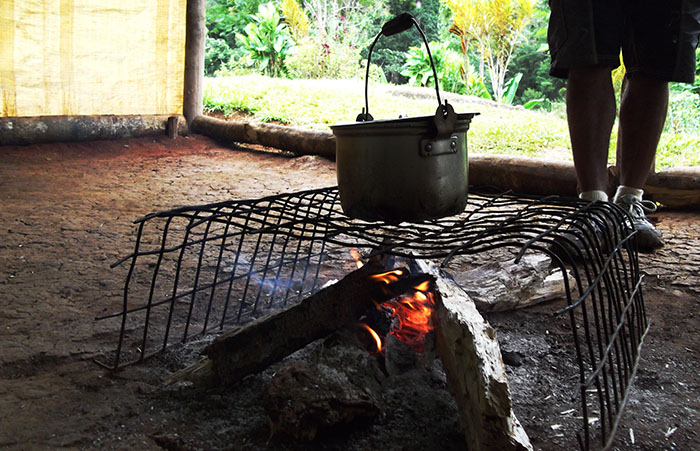
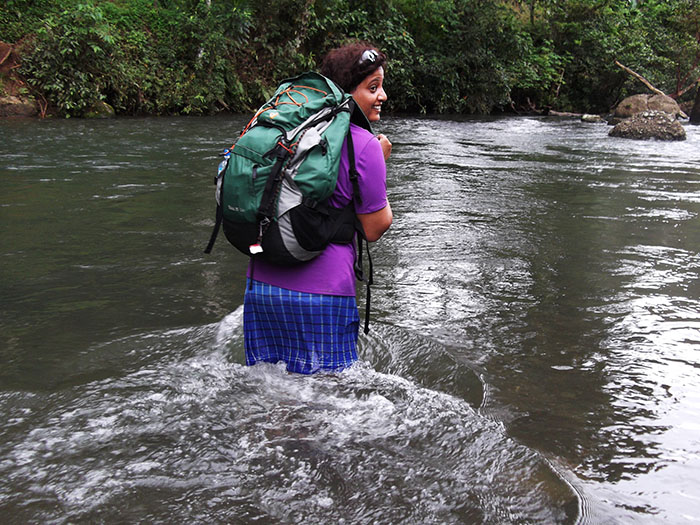
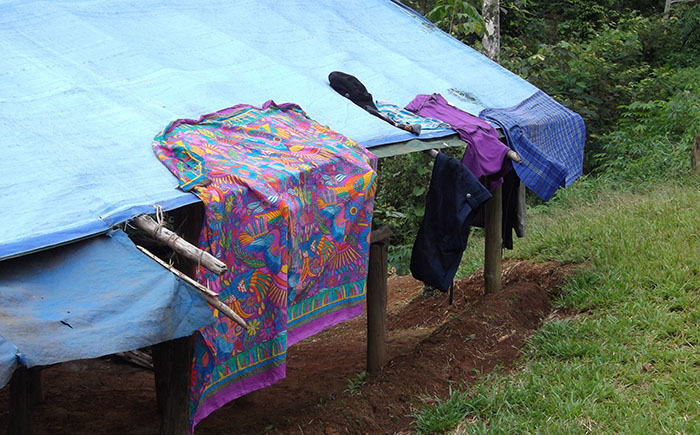
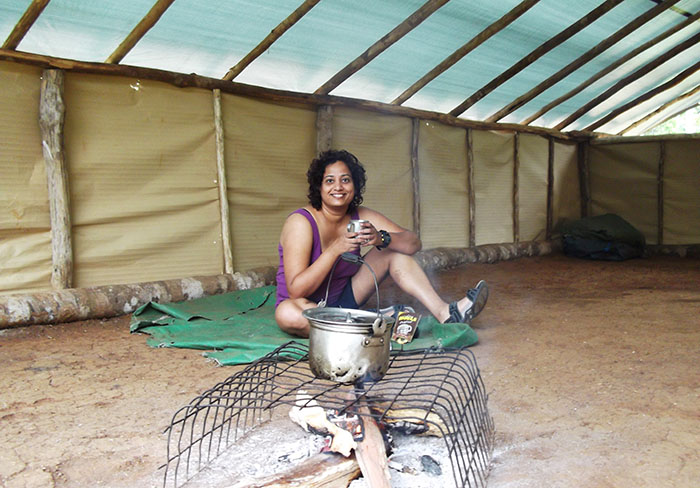
But (and this happens without fail) when you are set upon a task, everything conspires to make it happen, and in the end, you do figure out a workable way of achieving your goals. The jungles therefore threw you the lifeline in the form of rocks and fallen branches placed strategically, as though waiting for someone with wooden legs like you to come along. It was a matter of positioning yourself correctly. The satisfaction that comes from knowing that you have identified a challenge and overcome it gives you an immense sense of relief, literally and figuratively.
See, when you have to go, you have to go.
***
People around the world have sought solace in jungle sounds and lying in the relative comfort of hammocks swinging between sturdy trees, but whoever sold that idea to stressed holidaymakers did not have Papua New Guinean jungles in mind. These jungles were really what nightmares were made of—even if you could ignore the unfriendly terrains, mosquitoes, leeches and humidity. It was the sort of place that trekkers with a death wish would thrive in, and I would have too, had Jones not called my attention to a nonexistent track in the woods saying it was where we would go the following morning before sunrise, because the climb up to Imita Ridge was tough and the climb down, tougher.
Jones had a way of ruining my deep contemplation of the situation over weak, smoke-flavoured coffee by being so forthright about the hardships I was to expect. Had he been of the chatty variety of guides with a selection of words to describe the adversity, he would have used words like impossible, killing or torturous. But being severely handi- capped by the English vocabulary as I was with Pidgin, I supplied all the above words every time he pulled me up a slush pit to safer ground on a vertical climb, feeling every bit like a leech trying to suck blood from a dead buffalo.
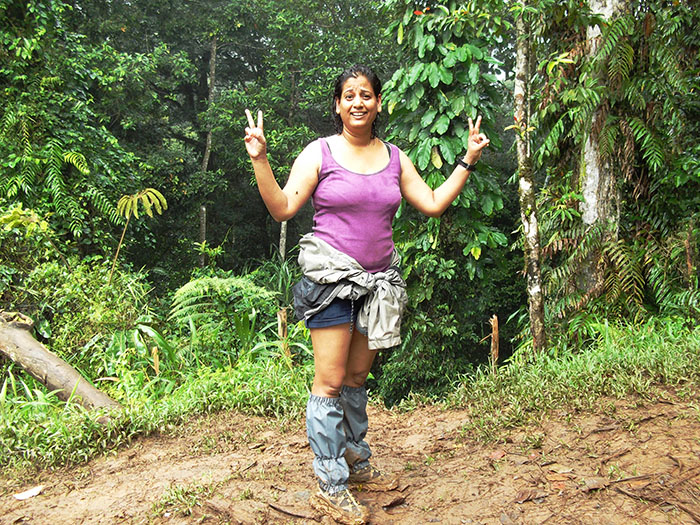
That ruined my night’s sleep. I didn’t particularly enjoy the rain that night—it doesn’t take a very imaginative mind to picture its effect on the mud.
However, the next morning was better than I thought. When not pulling myself over the roots or crawling on all fours on steep inclines, I carved my friends’ names on trees around the rest areas, sipped energy drinks and even tried singing, secure in the knowledge that once Imita Ridge had been scaled, things could improve. Okay, so I was not entirely correct in my assumptions and by the end of Day Two, I made my deal with god.

